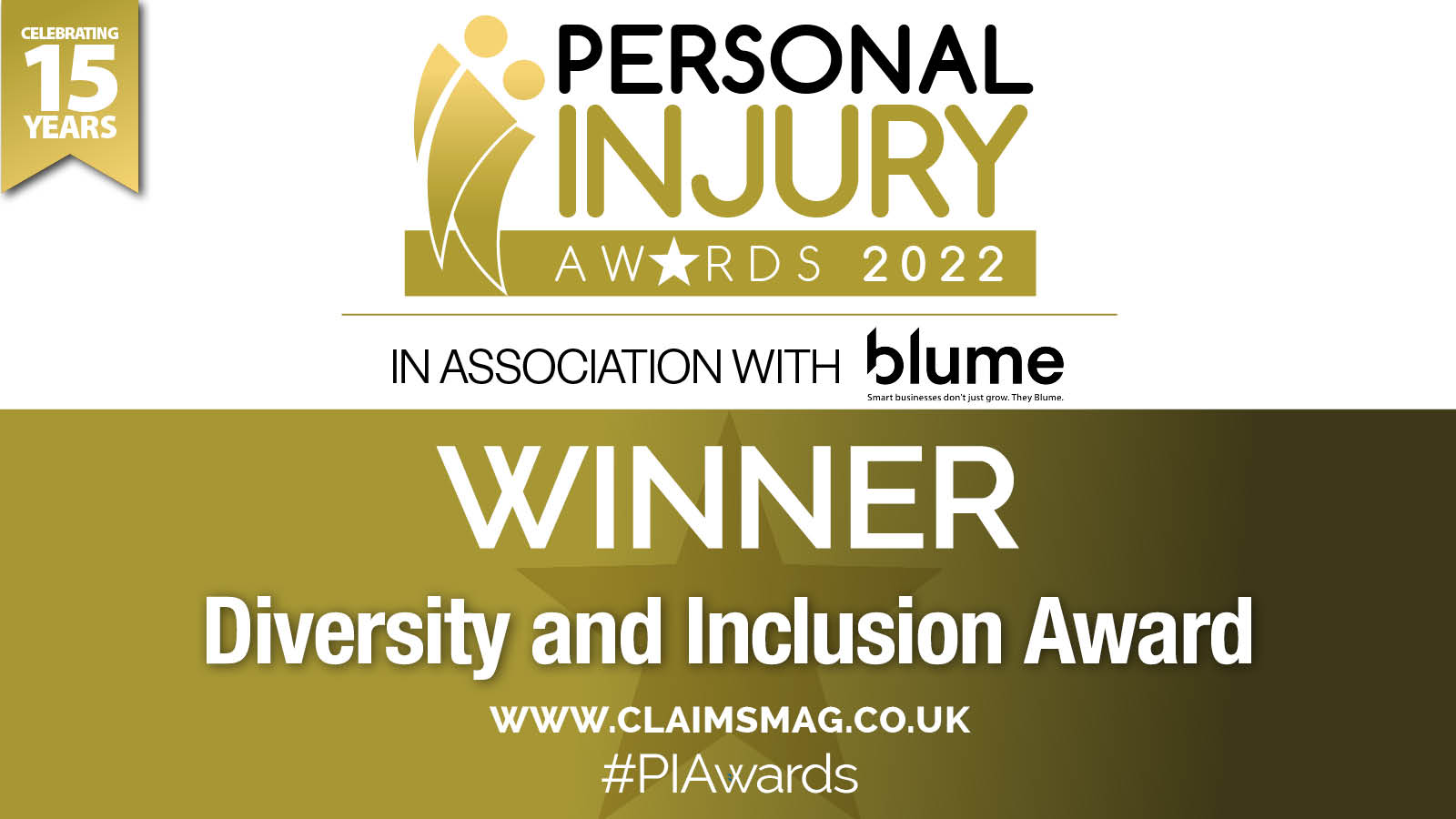<!-- wp:paragraph -->
<p>Avaia Williams (Pupil) and Deborah Shield review the Court of Appeal’s reasoning in the case of <a href="https://caselaw.nationalarchives.gov.uk/ewca/civ/2025/214" target="_blank" rel="noreferrer noopener"><em>Re M (A Child) (Placement Order)</em> [2025] EWCA Civ 214</a>. A decision concerning the placement options for a young boy, M, where the court was asked to grapple with placing the child for adoption or delaying proceedings and determination to support a possible family placement abroad.</p>
<!-- /wp:paragraph --><!-- wp:paragraph -->
<p>The judgment, given by Lady Justice King, is infused with the concept that delay is prejudicial to a child, and that there comes a point within proceedings where ‘enough is enough’ and the nettle must be grasped.</p>
<!-- /wp:paragraph --><!-- wp:paragraph -->
<p><strong><u>Background</u></strong></p>
<!-- /wp:paragraph --><!-- wp:paragraph -->
<p>M was born during existing care proceedings relating to the parents other children. M was initially placed with the mother under an Interim Care Order, however, following breaches of the safety plan, M was placed into foster care.</p>
<!-- /wp:paragraph --><!-- wp:paragraph -->
<p>The mother put forward M’s aunt and uncle, who lived in Pakistan, as alternative carers. These alternative carers were supported by the Local Authority until August 2024, at which point, the Local Authority moved to a plan of adoption within the UK.</p>
<!-- /wp:paragraph --><!-- wp:paragraph -->
<p>By the time of the final hearing in October, a positive Children and Families Across Boarders (“CFAB”) assessment had been completed of the aunt and uncle. This assessment raised some concerns and uncertainties, such as the level of education that would be available to M and the impact on the family unit in Pakistan given the uncle may need to work extended hours and abroad. That being said, the assessment recommended the aunt and uncle as:</p>
<!-- /wp:paragraph --><!-- wp:paragraph -->
<p><em>“suitable to be considered to care for the children (sic) if they are provided with financial support.”</em></p>
<!-- /wp:paragraph --><!-- wp:paragraph -->
<p> Given the positive CFAB assessment, the aunt and uncle sought an adjournment at the final hearing to allow a full assessment of them to be carried out within the UK (as would be required to affect such a placement abroad). This was refused by the court, and a Placement Order was made. The judge’s reasoning was encapsulated by the placement with the aunt and uncle being “fraught with uncertainties”, at [41] the Court of Appeal quoted the judges reasoning that:</p>
<!-- /wp:paragraph --><!-- wp:paragraph -->
<p><em>“…there is sadly no clear and confirmed timescale for the assessment to be completed, and no guarantee that it will be positive (though I accept, there are grounds for optimism that it would be based on the CFAB assessment). [M] has no existing relationship with the Aunt and Uncle (although they have seen him over video calls in the first few weeks of his life, he does not know them, and they speak a different language</em></p>
<!-- /wp:paragraph --><!-- wp:paragraph -->
<p><em>I have balanced these very real and in my judgment legitimate concerns with the potential positives in the court sanctioning delay for assessment to take place, because, if positive, it would enable [M] to be placed with an extended family member, in a cultural and religious match, with the possibility for ongoing relationship (even if limited) with his parents and other family members.”</em></p>
<!-- /wp:paragraph --><!-- wp:paragraph -->
<p><strong><u>Grounds of Appeal</u></strong></p>
<!-- /wp:paragraph --><!-- wp:paragraph -->
<p>The aunt and uncle appealed on five grounds, that the judge was wrong to:</p>
<!-- /wp:paragraph --><!-- wp:paragraph -->
<p><em>“i) Accept that Accept that a plan to place M with his aunt and uncle was “fraught with uncertainties”.</em></p>
<!-- /wp:paragraph --><!-- wp:paragraph -->
<p><em>ii) Conclude that it would be akin to 6–12 months before a successful placement could be achieved if an assessment of the aunt and uncle were positive.</em></p>
<!-- /wp:paragraph --><!-- wp:paragraph -->
<p><em>iii) Conclude that there was a real possibility that the assessment would be negative. </em></p>
<!-- /wp:paragraph --><!-- wp:paragraph -->
<p><em>iv) Conclude that an adjournment was not within M’s reasonable timescales for achieving a permanent placement absent direct evidence as to timescales to place M for adoption.</em></p>
<!-- /wp:paragraph --><!-- wp:paragraph -->
<p><em>v) Fail to consider if a “robust and focused timescale” could have been imposed to lead to an expeditious resolution of proceedings following further assessment of the aunt and uncle.”</em></p>
<!-- /wp:paragraph --><!-- wp:paragraph -->
<p>In submissions, Teertha Gupta KC, focused on the third and fifth grounds of appeal, having conceded there were clear uncertainties with the plan and that the assessment for 6-12 months was something the judge could have reasonably assessed.</p>
<!-- /wp:paragraph --><!-- wp:paragraph -->
<p><span style="text-decoration: underline;">Ground iii</span></p>
<!-- /wp:paragraph --><!-- wp:paragraph -->
<p>With respect to ground iii, the Court stated at [53]</p>
<!-- /wp:paragraph --><!-- wp:paragraph -->
<p><em>“That there was a real possibility that the assessment might fail was in my judgment an inevitable consequence of the uncertainty inherent in the whole complicated plan; for example, it may simply not have been viable because the funding was no longer available from the cash-poor local authority or the applications for visas may be refused. M may himself have found the introduction to his aunt and uncle with the language barrier just too difficult and, as had been identified by Ms Rafiq, there were issues with schools and the home conditions. These were all potential stumbling blocks. For my part I can see that there was also a significant risk that the demands on the aunt and uncle might be simply too great. Should the matter have been adjourned then, providing they managed to obtain visas, the family would have relocated to a strange country for an unspecified period of time for assessment and, if successful, the uncle would then return to Pakistan with the two older (but by no means grown up) children. Once home they would have to manage without their primary carer while their father worked punishingly long hours, potentially for many months, whilst court proceedings took their course in both the UK and Pakistan, proceedings which would be necessary in order to provide essential protection for M’s position in Pakistan.”</em></p>
<!-- /wp:paragraph --><!-- wp:paragraph -->
<p>It was clear that the judge did consider the positives within the CFAB assessment, notably the cultural match and a family placement, however, drawing on <em><u>Re W (A Child) (Adoption: Grandparents Competing Claims)</u></em> [2016] EWCA Civ 793, the Court reaffirmed at [55] that:</p>
<!-- /wp:paragraph --><!-- wp:paragraph -->
<p><em>“As in any case where it is hoped that a family placement can be achieved it is important, as was perhaps not recognised until too late in this case, that there is no presumption or right for a child to be brought up by a member of his or her natural family.”</em></p>
<!-- /wp:paragraph --><!-- wp:paragraph -->
<p>On ground iii, the court concluded at [56] that:</p>
<!-- /wp:paragraph --><!-- wp:paragraph -->
<p><em>“Ultimately the judge concluded that M’s welfare demanded that he be placed for adoption and that when she performed a proportionality cross check she said she was “satisfied that, despite its draconian nature and lifelong consequences, adoption is a necessary and proportionate interference – in short, nothing else will do”.”</em></p>
<!-- /wp:paragraph --><!-- wp:paragraph -->
<p><span style="text-decoration: underline;">Ground v</span></p>
<!-- /wp:paragraph --><!-- wp:paragraph -->
<p>As to ground v, it was submitted by Teertha Gupta KC, that, given the delay already in place, there was no requirement for the court to now “bring down the guillotine” and that an extension should be granted under s.32(5) Children Act 1989. The Court relied on Sir James Munby’s assessment in Re S (a child) (Interim Care Order: Residential Assessment) [2015] 1 WLR 925, where the then President held at [34] of that judgment that:</p>
<!-- /wp:paragraph --><!-- wp:paragraph -->
<p><em>“I repeat, because the point is so important, that in no case can an extension beyond 26 weeks be authorised unless it is "necessary" to enable the court to resolve the proceedings "justly". Only the imperative demands of justice – fair process – or of the child's welfare will suffice…”</em></p>
<!-- /wp:paragraph --><!-- wp:paragraph -->
<p>Further, the Court drew on the judgment of Peter Jackson LJ in Re S-L (Children) [2019] EWCA Civ 1571, where the Court of Appeal in that case, at [12], decided that:</p>
<!-- /wp:paragraph --><!-- wp:paragraph -->
<p><em>“In cases involving children, there can sometimes be good reasons for adjourning a final decision in order to obtain necessary information. The overriding obligation is to deal with the case justly, but there is a trade-off between the need for information and the presumptive prejudice to the child of delay […] public law proceedings are subject to a statutory timetabling imperative. Section 32(1)(a) provides that the court must draw up a timetable for disposing of the application without delay and in any event within 26 weeks; subsection 32(5) allows an extension only where the court considers it necessary to enable the proceedings to be resolved justly.”</em></p>
<!-- /wp:paragraph --><!-- wp:paragraph -->
<p>The Court considered the crucial age at which M now was. M was entering critical phases for developing his attachments.</p>
<!-- /wp:paragraph --><!-- wp:paragraph -->
<p>On ground v, the court concluded at [64] that:</p>
<!-- /wp:paragraph --><!-- wp:paragraph -->
<p><em>“…the judge’s careful and sympathetic analysis of the application for an adjournment for further assessments of the aunt and uncle cannot be faulted and in my judgment she reached the right decision given the uncertainties inherent in the proposed plan for placement in Pakistan and the urgency of achieving permanency for M.”</em></p>
<!-- /wp:paragraph --><!-- wp:paragraph -->
<p><strong><u>Comment</u></strong></p>
<!-- /wp:paragraph --><!-- wp:paragraph -->
<p>Tt has been 12 years since the Supreme Court gave the landmark ruling in <em><u>Re B (A Child)</u></em> [2013] UKSC 33, and the Court of Appeal gave guidance in <em><u>Re B-S (Children)</u></em> [2013] EWCA Civ 1146. It was hoped that the Court of Appeal may have taken this opportunity to provide further guidance on the concept of “nothing else will do” given this nebulous concept has caused much debate and concern for practitioners across the board.</p>
<!-- /wp:paragraph --><!-- wp:paragraph -->
<p>The concept of “nothing else will do” creates a paradox when paired with a clear statutory time-limit of 26-weeks for resolving children proceedings. How can it be said, on the purely factual basis in this case, and countless others, that nothing else will do for this child. Whilst the judge was evidently right to conclude that the assessment and placement with the aunt and uncle was an uncertain placement, it is a comment which can be applied to every placement that results from care proceedings, whether adoption or otherwise.</p>
<!-- /wp:paragraph --><!-- wp:paragraph -->
<p>What is clear, is that this child had a clear opportunity to be placed within his family unit. Notwithstanding the decision of the Court of Appeal, and previous decisions, that there is no ‘right’ to such a family placement, it is incontestable that a family placement has inherent benefits and is the preferred outcome where that placement is safe (were this not the case, Local Authorities would have no duty to assess connected carers). So, whilst the assessment of the aunt and uncle was not clear, it was optimistic and was a viable way forward. As such, on a literal interpretation, it could not be said that “nothing else will do” but placing M for adoption.</p>
<!-- /wp:paragraph --><!-- wp:paragraph -->
<p>It is clear that “nothing else will do” comes with several caveats such that the actual rule, or at least how it is applied in courts, appears to be more akin to “nothing else will reasonably or realistically do, given the welfare needs of the child”. As the Court of Appeal in Re M have made clear, delay, especially where 26-weeks has been surpassed, will clearly require that any alternative plan be more and more realistic and more and more reasonable than it otherwise may have to be at the start of proceedings (this being encapsulated by the Local Authorities approach here).</p>
<!-- /wp:paragraph --><!-- wp:paragraph -->
<p>What can be learned from this case, is the need for Local Authorities, and those representing parents, to be proactive in identifying and assessing potential kinship carers at the earliest possible stage of proceedings. ‘Front-loading’ these assessments can help avoid the late emergence of an overseas relative or other connected person, which often places the court in the difficult position of choosing between exploring a potentially appropriate kinship placement and meeting strict statutory deadlines. By initiating thorough kinship assessments at the outset, local authorities not only ensure transparency and fairness but also mitigate the risk of children lingering in uncertain temporary arrangements. From the parental perspective, practitioners should advise parents on the importance of promptly disclosing potential family carers and providing all necessary details as soon as possible, thus offering a more realistic chance of success for kinship placements if they are viable.</p>
<!-- /wp:paragraph --><!-- wp:paragraph -->
<p>A clear problem in practice is the misunderstanding of twin tracking by a) the parents; and b) the prospective carers; it must be made abundantly clear to those involved in proceedings, that suggesting such connected carers in no way takes away from the assessment of parents or the court dealing with proceedings.</p>
<!-- /wp:paragraph --><!-- wp:paragraph -->
<p>Local authorities and practitioners acting for parents must collaborate to address matters such as visa applications, relocation logistics, funding arrangements, and compliance with both UK and foreign legal systems at an early stage. Where an international assessment is a serious possibility, forward planning, including formal engagement with international bodies like CFAB and seeking specialist advice, should form part of the initial case strategy, ensuring clarity around timelines, financial support, and the child’s specific educational or medical needs if placed overseas. It appears that, in such cases, the recommendations made by the Public Law Working Group in respect of international adoption may offer valuable steering.</p>
<!-- /wp:paragraph --><!-- wp:paragraph -->
<p>Deborah Shield, led by Teertha Gupta KC, acted for the aunt and uncle in the Court of Appeal.</p>
<!-- /wp:paragraph -->







